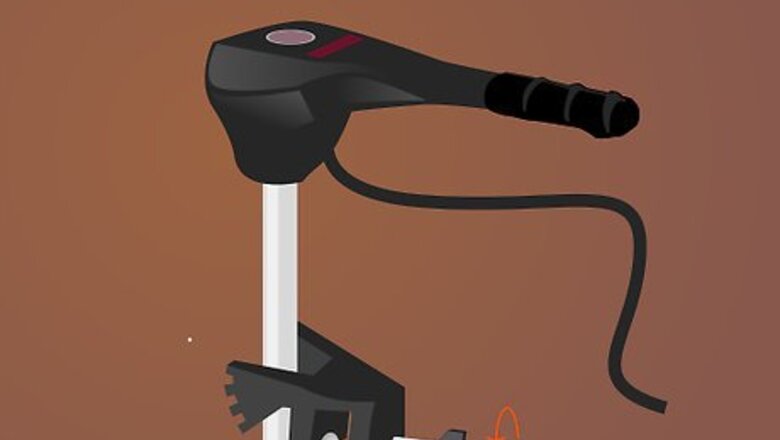
views
Mounting a Trolling Motor on the Transom
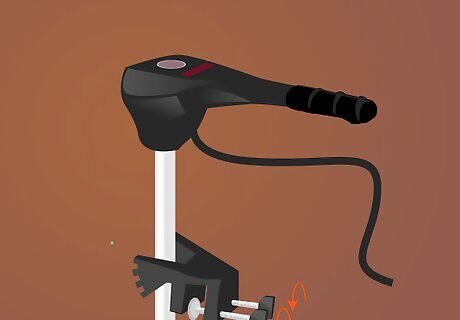
Open the mounting bracket clamps. Transom-mounted trolling motors have 1 or 2 clamps built into the mounting bracket to hold the motor in place. Turning the clamps counterclockwise (to the left) will open them.
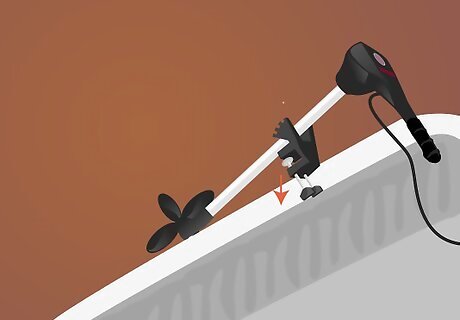
Slip the motor over the transom. The trolling motor should be placed as close to the center of the stern as possible without interfering with the operation of the main motor, if there is one. The top of the mounting bracket should be flush with the top of the stern.
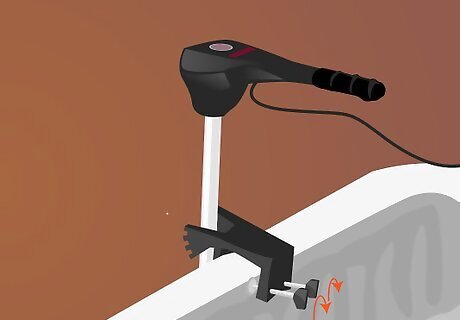
Tighten the clamps. Turn the clamps clockwise (to the right) as far as they will go, so that the motor won't vibrate loose while in operation. Transom-mounted trolling motors should be positioned so that the center of the motor section is at least 9 inches (22.5 cm) under water while the motor is running to keep the propeller from breaking the water's surface. This produces noise that can spook fish.
Mounting a Trolling Motor on the Engine
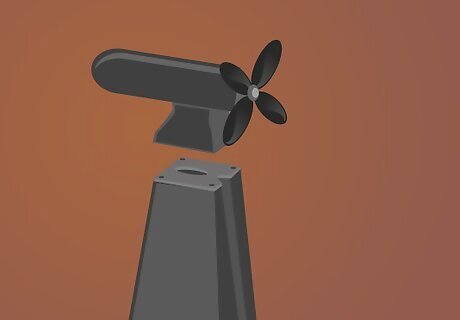
Place the mounting bracket on top of the engine's anti-cavitation plate, with the motor up. The anti-cavitation is a horizontal plate above the propeller on either an outboard motor or the outboard unit of an inboard-outboard motor that keeps the propeller from breaking the water's surface as it pushes the boat forward. The mounting bracket is designed so that when the boat is "on plane" (the bow lifts out of the water as the boat skims across its surface), the trolling motor does break the water's surface. Your anti-cavitation plate must run at a depth of at least 13 inches (32.5 cm) below the waterline, so that the trolling motor will run at least 6 inches (15 cm) below the waterline while in operation.
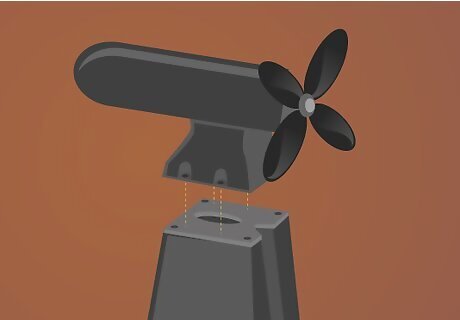
Mark holes to be drilled through the anti-cavitation plate. Use the mount itself as a template for this.
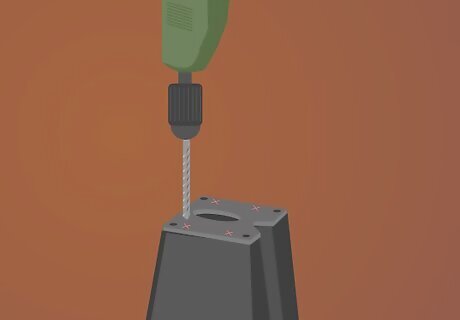
Drill the holes for the mounting bolts. Use a drill bit sharp enough and tough enough to drill through the metal of the anti-cavitation plate.
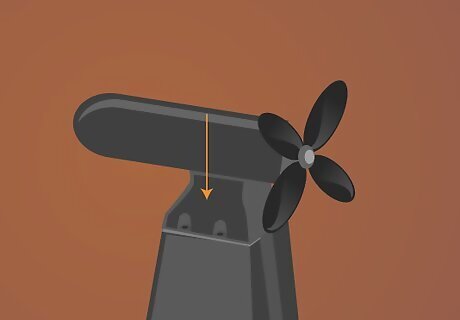
Place the mounting bracket on top of the anti-cavitation plate again.
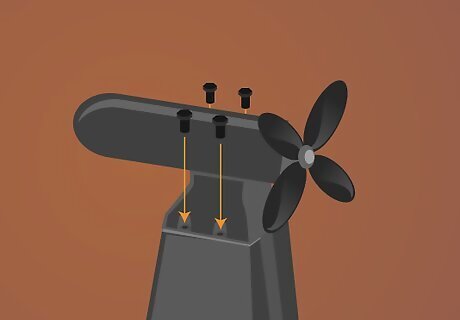
Insert the mounting bolts and tighten them. This will secure the trolling motor. Engine-mounted trolling motors are designed only for V-hull or tri-hull boats that go "on plane." They are not designed for use with pontoon boats or with sailboats.
Mounting a Trolling Motor on the Bow
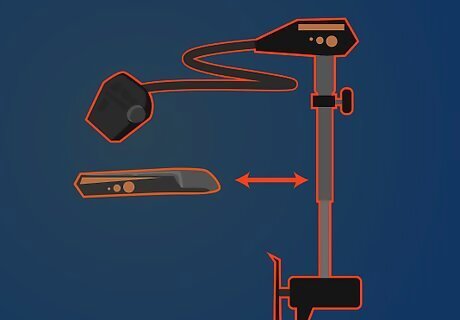
Separate the trolling motor assembly from the mount base. Bow-mounted electric trolling motors are designed to be used on boats with flat, raised forward decks. These types of decks are most commonly found on bass boats, which are designed for fishing for largemouth bass in shallow water around weeds and stumps where precise boat control is necessary.
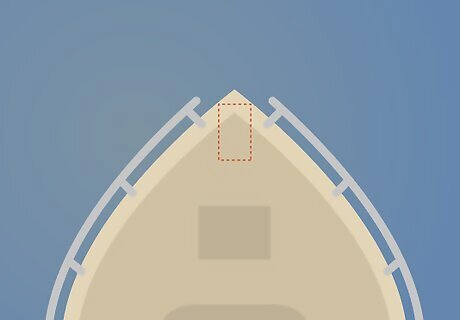
Choose the place on the deck where the base should be attached. You should place the mount base somewhere where it can accommodate the motor both when it is pulling the boat and when it is stowed on deck while the boat's main motor pushes it through the water. The base should also be placed where it provides enough clearance for the motor to break away from the base if the motor uses a breakaway mount and where the mounting screws can penetrate the deck but not the hull.
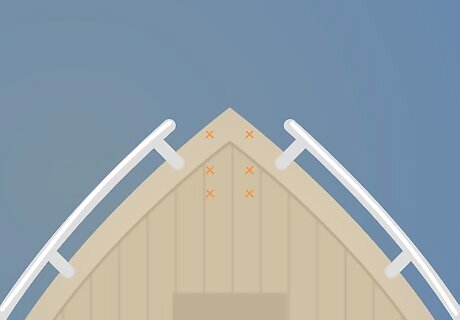
Mark the holes to be drilled into the deck. Use the mount base as a template for this.
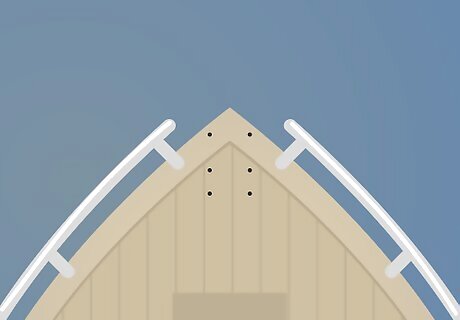
Drill the holes for the mounting bolts. Use a sharp bit to drill to a depth of 1/4 inch (6.5 mm) and clear out any debris after drilling. If the boat is made of fiberglass, you'll have to countersink the holes.
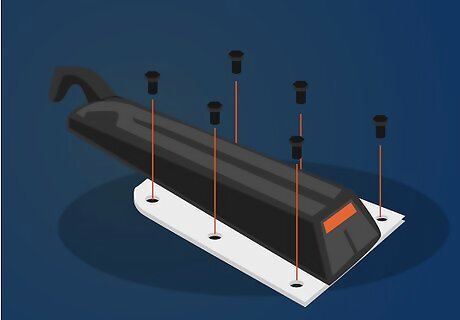
Thread a bolt through each hole in the mount base.
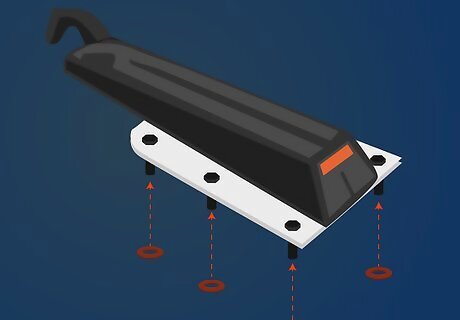
Slip a rubber washer onto each bolt, underneath the mount base. You'll want to hold the washers in position with your fingers as you move the mount base over the holes you drilled in the deck. If this is too difficult, place the washers over the drilled holes.
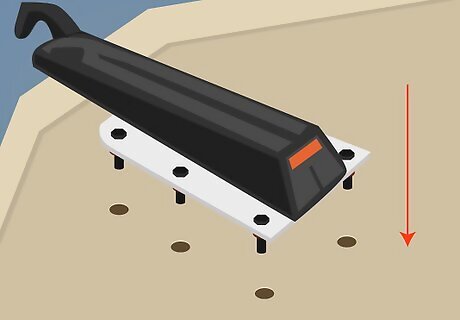
Place the base over the drilled holes, slipping the bolts through each hole.
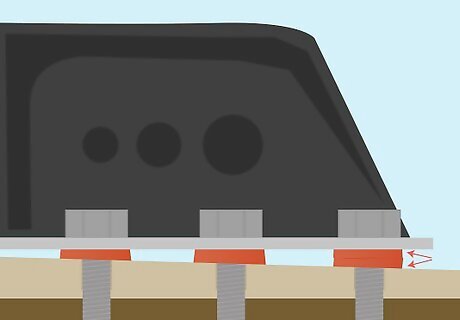
Check to see that the base rests level against the deck surface. If it doesn't, you'll need to add more rubber washers under those bolts where the base wobbles to level it. The base needs to rest evenly so that the motor can be raised onto the deck and locked down for transport without binding.
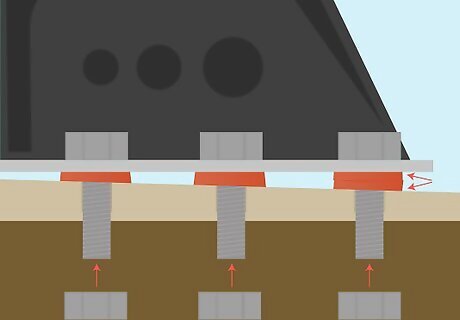
Thread a steel washer and retaining nut onto each bolt. Tighten the nuts to secure the base.
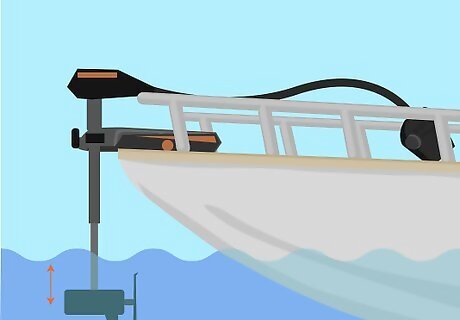
Secure the motor assembly to the base. Bow-mounted trolling motors should run at least 5 inches (12.5 cm) below the water level to allow for rough water. If you fish from a standing position while running the motor, a depth of 12 inches (30 cm) is recommended.




















Comments
0 comment